Market Analysis
In-depth Analysis of Liquid Coffee Market Industry Landscape
Various factors have contributed to the current state of the liquid coffee industry characterized by dynamic movements. Factors ranging from altering consumer tastes and lifestyle trends to technological advancements and environmental considerations have influenced changes in liquid coffee’s landscape. Carving a niche for themselves within the beverage industry, liquid coffee products are an easy-to-use alternative to conventional brewed coffee which enables them to appeal to consumers whose busy lifestyles revolve around them.
In today’s fast-paced world where convenience is highly valued, one of the main drivers behind the growth of liquid coffee market has been its increasing demand. Containers such as ready-to-drink (RTD) products, concentrates, and cold brews are some examples through which this type of drink can be obtained quickly and easily by customers on the move who need caffeine fixes. It is for time conscious individuals who would want quality while still saving their valuable seconds.
The dynamics of the liquid coffee market have been significantly impacted by the global rise in specialty coffee culture. Present day customers take more notice on how their coffees taste like, smell or even how they are brewed unlike in earlier years when people used to take any form of it that was available. For example, there are now many types of liquid coffees targeting various customer preferences such as flavored concentrate coffees, nitro-infused coffees and cold brews. This diversification allows consumers to explore a spectrum of coffee profiles thereby creating a changeable market whose key drivers include variety and customization.
Development of technology has also played a significant role in shaping these dynamics associated with liquid coffee markets. The innovation in processing and packaging technologies helps keep product quality intact throughout making sure that freshness prevails while extending shelf life for stored liquid coffees. Quality improvement techniques like nitrogen flushing devices, advanced filtration methods as well as use of aseptic packages aid stabilization facilitating consistency leading to increased consumer satisfaction.
Liquid coffee market has had more focus on sustainability issues lately especially with regards to the environment. This has seen consumers preferring brands and products that are produced through sustainable means. In response, a few companies have started using eco-friendly packaging, exploring recyclable materials and sourcing coffee beans ethically. On the other side of this shift in trends is a broader movement towards responsible consumerism which does influence buying decisions for liquid coffees.
The foodservice industry has played a key role in determining how the liquid coffee market behaves. Liquid coffee’s presence in cafes, convenience stores and restaurants has made it accessible to all segments of buyers within the market. Partnerships between food services and liquid coffee brands allow consumers to encounter new experiences with different types of liquids. These channels bridge the gap between makers of liquid coffee and individuals who use them.
The competitive nature of the liquid coffee market is characterized by brand differentiation, marketing strategies as well as product innovation. Established companies often make use of their reputation for taste and quality while new entrants into the industry focus on unique flavours, functional ingredients or attractive bottle designs to get noticed by their potential customers. Also, contributing to brand visibility are marketing campaigns that emphasize such aspects as convenience, flavor profiles, and lifestyle appeal linked with non-alcoholic beverage choices thereby influencing buyer preferences.
Driving market dynamics is what consumer education and awareness campaigns are all about. When consumers become more knowledgeable about different brewing methodologies, coffee types, or flavor profiles peculiar to coffee, these customers will likely make decisions based on their understanding. Consequently, manufacturers who want to make an impression on the target segment of consumers go for marketing campaigns, tastings and other educational support materials which inform users about the quality and uniqueness of the liquid coffee drinks.
The characteristics of liquid coffee are also influenced by the global nature of the coffee market. Coffee beans from various parts of the world help in creating products that reflect unique attributes inherent in each origin. Such single-origin liquid coffees and blends that capture specific flavor tastes increase diversity within the market that appeal to consumers who love exploring various features of this beverage around the globe.

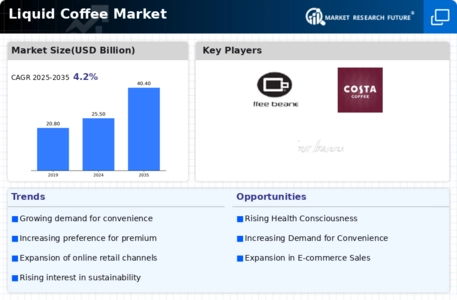
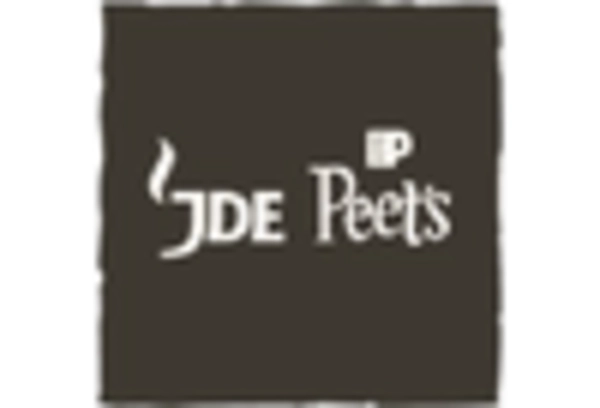
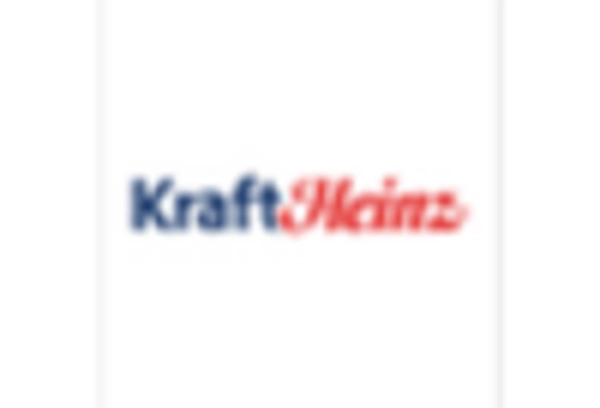
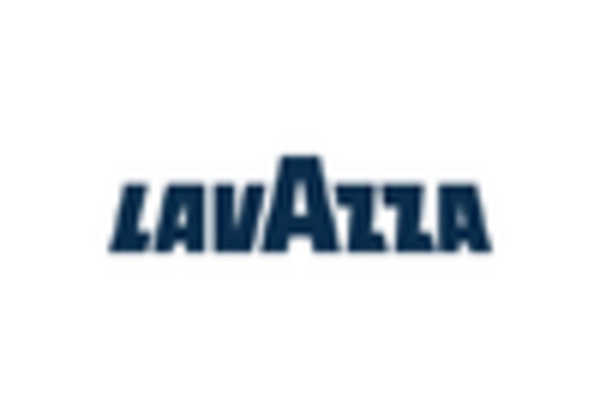
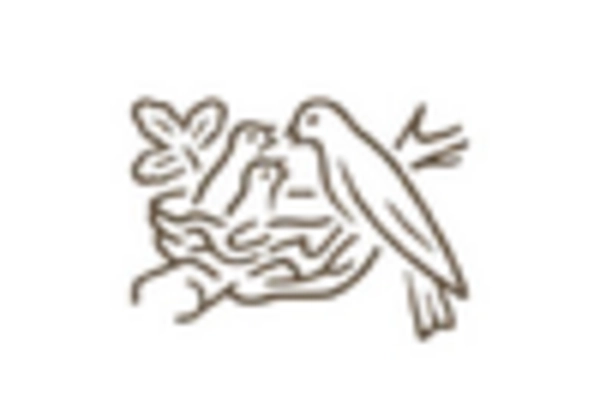

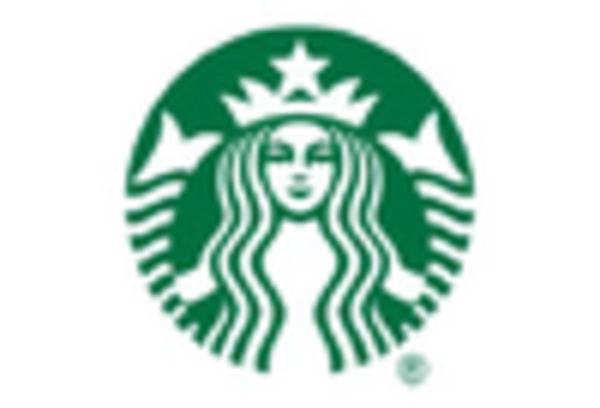









Leave a Comment